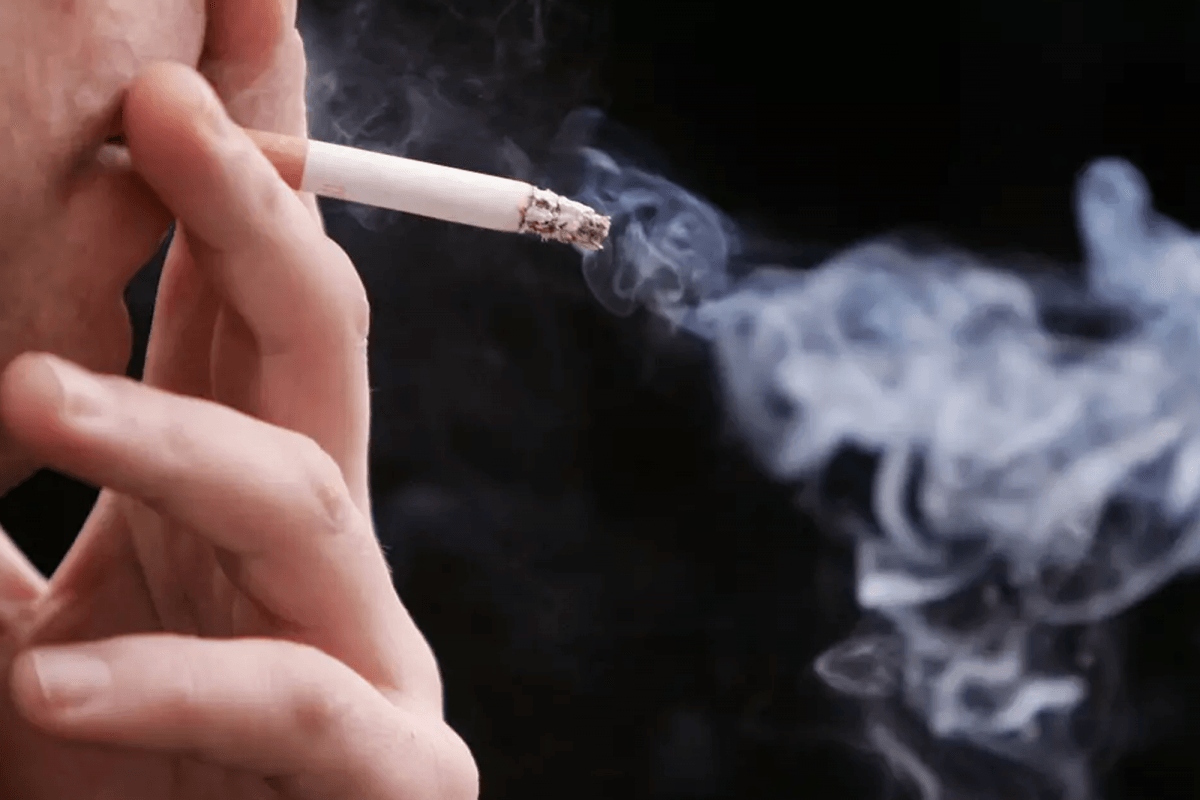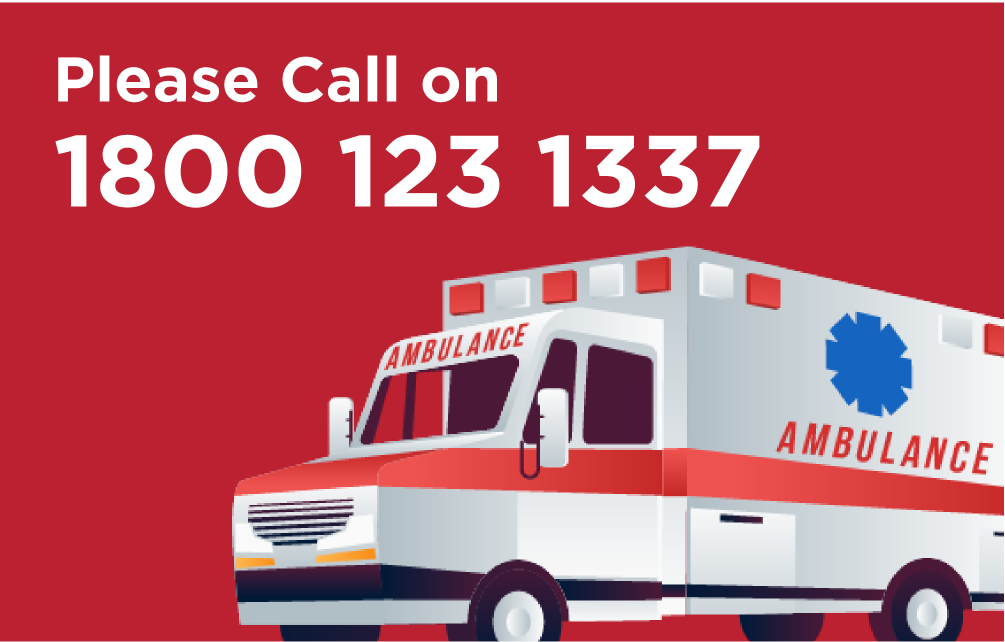
The International Agency For Research In Cancer (IARC) states that more than 4000 types of chemicals are present in tobacco and the smoke produced by it. Over 60 of these chemicals have been classified as carcinogens or also commonly addressed as cancer-causing particles. Tobacco use is a leading cause of cancer and death thereafter.
Incomplete burning of the chemicals in tobacco leaves behind a residue in the lungs commonly called tar. This residual tar contains chemicals that can inflict biological and physical damage to the body. Tar buildup often leads to tumors and other chronic respiratory ailments such as Asthma and COPD.
People who use tobacco products or are passively inhaling their smoke have an increased risk of cancer due to DNA damage caused by it.
Regular tobacco usage leads to the following:
- Lung Cancer
- Oral Cancer (mouth, throat, nose, and sinuses)
- Esophageal Cancer
- Renal Cancer (bladder, kidney, and ureter)
- Pancreatic Cancer
- Stomach Cancer
- Liver Cancer
- Cervical and Ovarian Cancer
- Colorectal cancer
- Myeloid Leukemia
How to quit tobacco?
1. Take a firm stand against it:
Resolving to quit tobacco is a deliberate and powerful decision that needs to be acted upon. Writing down all the reasons why you want to quit tobacco use is the very first step.
2. Decide on a day:
Pick a day within the next month to begin life as a nonsmoker. To quit smoking is a big deal, and you should treat it that way. Give yourself time to prepare.
3. Have a plan ready :
There are several strategies to quit tobacco such as nicotine replacement therapy/other alternative therapies, prescription drugs to name some.
4. Get timely help:
Take advantage of psychotherapy, counseling, support groups, and self-help books available about controlling tobacco addiction.
Some helpful ideas to stay strong after quitting:
- Avoid all temptations: Stay away from the circle of friends who are frequent cigarette/ paan/gutkha users and focus on yourself.
- Revamp your habits: Switch to juices or water instead of alcohol or coffee.
- Replace with chewy substitutes: Use substitutes like sugarless gum or hard candy, raw vegetables such as carrot sticks, or sunflower/flax seeds.
- Have an active lifestyle: Exercise or do something that keeps your hands and mind busy, which can help to distract you from the urge to use tobacco.
- Deep breathing: Deep breathing clears your mind and helps you remember that your body is getting cleared of toxins.
- Delay that urge: If you feel that you cannot resist anymore, hold off. Tell yourself you must wait at least 10 minutes. This trick will allow you to move beyond that strong urge.
- Reward yourself for being tobacco-free: Keep aside the money you would have spent on cigarettes/ pan masala or gutkha in a jar every day and then buy yourself a weekly treat.
Request a call back



 Call-an-Ambulance
Call-an-Ambulance



